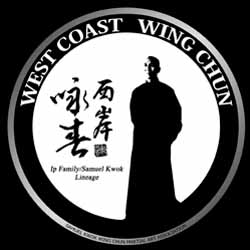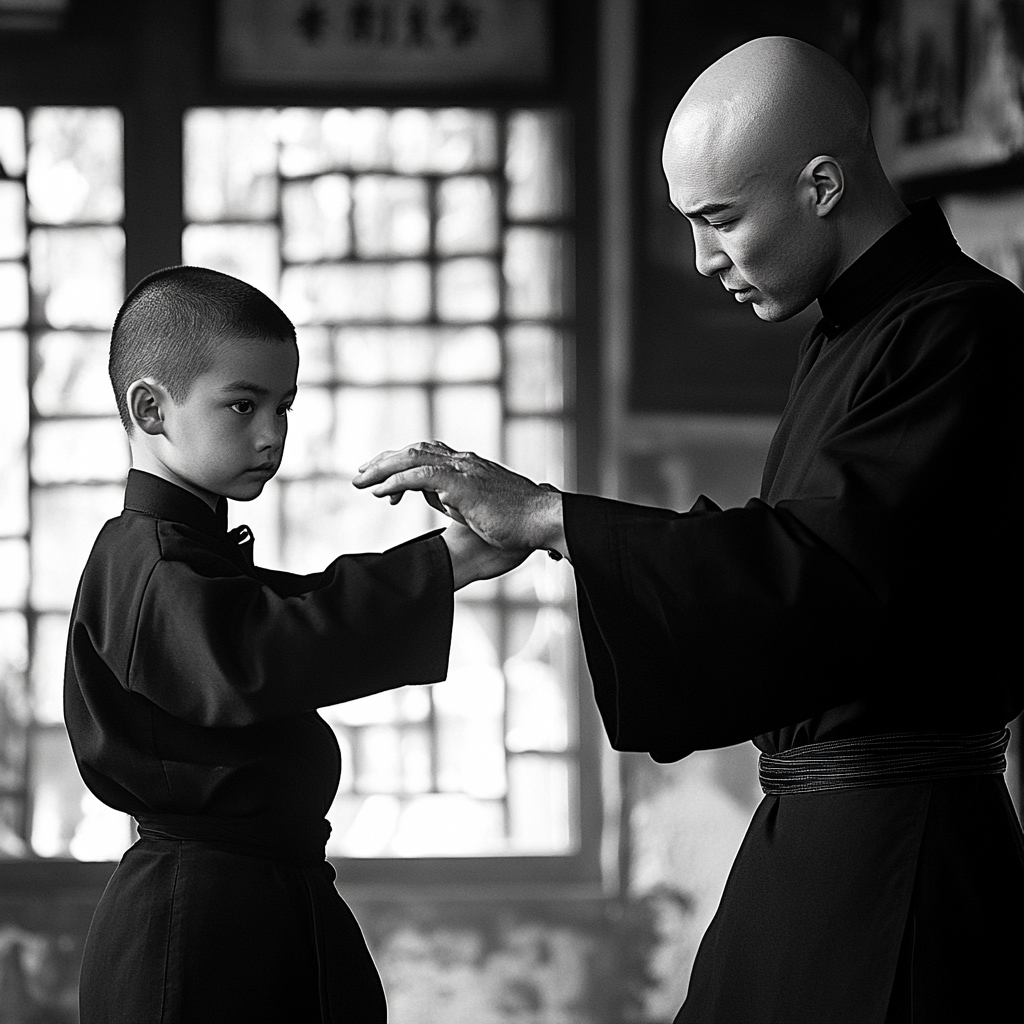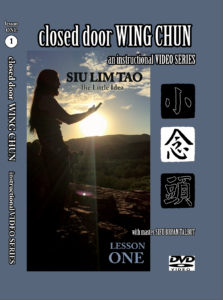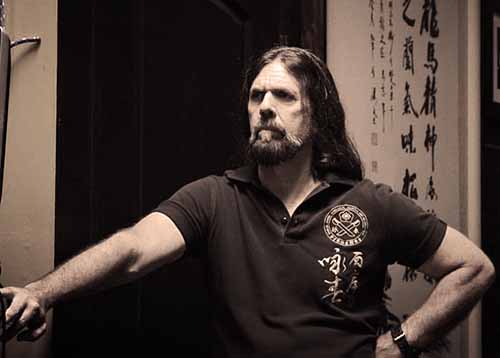How Many Years Does it Take to Learn Wing Chun
Learning Wing Chun is not a journey marked by a definitive endpoint, but rather an ongoing process of refinement, practice, and self-discovery. The Wing Chun system emphasizes mastery of principles and concepts over time. So, how many years does it take to learn Wing Chun? The answer depends on the goals of the student, the quality of instruction, and the intensity of practice.Understanding Wing Chun: A System of Concepts
Wing Chun is fundamentally a concept-based martial art. It focuses on core principles such as centerline theory, simultaneous attack and defense, and economy of motion. While students can begin applying concepts fairly early in their training, achieving proficiency takes time. Unlike martial arts that rely heavily on muscle memory and repetition of complex sequences, Wing Chun requires an understanding of these concepts along with body mechanics, timing, and sensitivity to an opponent’s movements.The Early Stages: 1-2 Years
In the first one to two years of Wing Chun training, students typically focus on learning the foundational forms and techniques. This includes Siu Lim Tao, the first form that introduces basic movements and principles such as structure and relaxation, as well as the development of Ging or the ability to transfer energy to attacks and defensive motions. Chi Sau (sticky hands) may also be introduced during this period, which trains students to react by using the sense of touch to feel the amplitude and direction of the opponent’s movements.
At this stage, students are developing a basic understanding of Wing Chun’s mechanics. Most practitioners will begin to feel more confident in applying these techniques in drills and controlled sparring situations. However, it’s important to recognize that this early phase is about building a foundation—Wing Chun’s depth reveals itself over a longer period of study.
Intermediate Mastery: 3-5 Years
After about three to five years of consistent practice, students often begin to feel comfortable with the system’s core concepts and applications. During this time, practitioners typically study the second form, Chum Kiu, which focuses on coordination, balance, and developing power from the entire body. Students also start to explore more advanced Chi Sau and sparring, honing their sensitivity and ability to adapt in real-time.
By this point, a student’s understanding of Wing Chun extends beyond the techniques and drills. They begin to embody the system’s principles and can apply them more naturally in a variety of situations. This is the stage where many students feel a shift in their training, moving from conscious application of techniques to a more instinctual response. However, despite reaching a level of proficiency, most will realize there is still much to learn.
Long-Term Development: 5-10 Years and Beyond
While 3-5 years might seem like a long time to commit to a martial art, achieving true mastery of Wing Chun often takes a decade or more. This is especially true for practitioners who wish to delve into the deeper aspects of the art, such as the third form, Biu Jee, which introduces advanced techniques for recovering structure and responding to extreme situations.
After 5-10 years of practice, many students are refining their skills, exploring the intricacies of energy, timing, and precision. The subtleties of Wing Chun’s movements—such as using minimal force to deflect an opponent’s strike or taking advantage of slight openings—become more apparent. At this stage, practitioners often develop a deeper appreciation for the art’s philosophy and mental discipline.
Mastery is a lifelong pursuit, and many advanced practitioners continue learning and improving decades into their training. The beauty of Wing Chun lies in its simplicity on the surface and its complexity beneath. No matter how long you study, there are always new layers to uncover.
Factors That Affect Learning Time
While some students may progress faster than others, several factors influence how long it takes to learn Wing Chun:
- Frequency of Practice: The more consistently you train, the faster you’ll progress. Regular practice allows students to develop muscle memory and internalize Wing Chun’s core principles.
- Quality of Instruction: A skilled instructor is essential for learning the nuances of Wing Chun. Good teachers not only guide students through techniques but also challenge them to understand the deeper concepts of the art.
- Learning Environment: Training in a school with a supportive community and opportunities for sparring and practice with different partners can accelerate learning.
- Personal Goals: Some students aim to learn Wing Chun for self-defense, while others seek long-term mastery. Those focused on self-defense may feel competent in a shorter time, while mastery of the art’s full depth will require a longer commitment.
There’s no simple answer to how many years it takes to learn Wing Chun. For most students, a basic level of proficiency can be reached within 1-2 years, but achieving true mastery is a lifelong journey. Each stage of learning reveals new insights, challenges, and opportunities for growth. Ultimately, the time it takes depends on the individual’s dedication, the quality of instruction, and their goals in training. Whether your aim is to learn effective self-defense or to explore the deeper philosophies of martial arts, Wing Chun offers a path of continual discovery and improvement.




